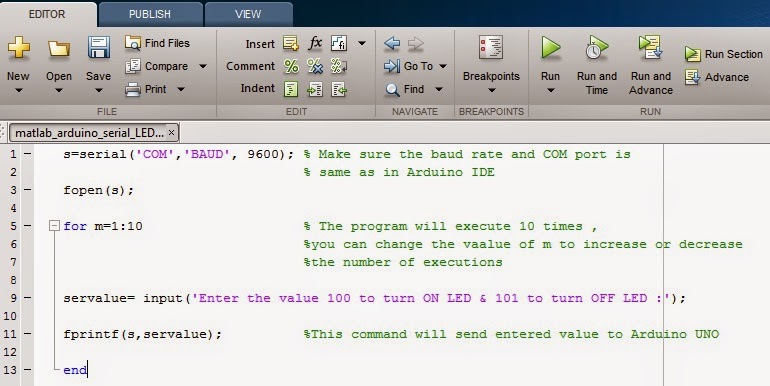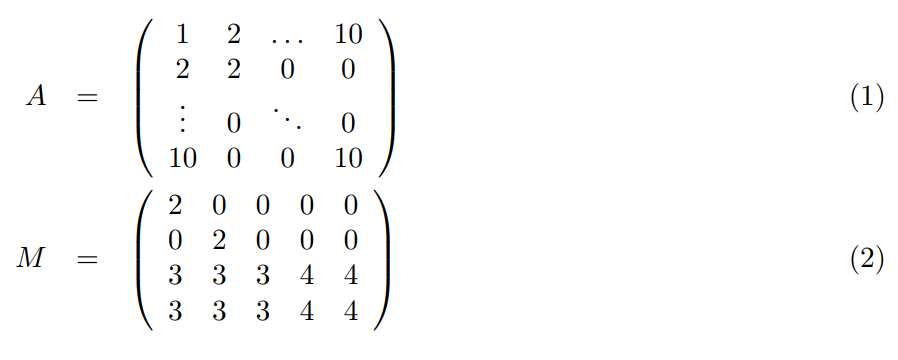

The underlying C data type is a double rather than an unsigned integer. The following, non-standard subtype specifiers are supported for the conversion characters %o, %u, %x, and %X.To successfully perform this conversion, use the fix, floor, ceil, or round functions to change the value in the double into a value that can be represented as an integer before passing it to sprintf.


Left-justifies the converted argument in its field. You can control the alignment of the output using any of these optional flags. You specify these elements in the following order: The format string can contain escape characters to represent non-printing characters such as newline characters and tabs.Ĭonversion specifications begin with the % character and contain these optional and required elements: A conversion specification controls the notation, alignment, significant digits, field width, and other aspects of output format. The format argument is a string containing C language conversion specifications. See fopen for more information.) Omitting fid causes output to appear on the screen. (It may also be 1 for standard output (the screen) or 2 for standard error. fprintf returns a count of the number of bytes written.Īrgument fid is an integer file identifier obtained from fopen. Fprintf (MATLAB Functions) MATLAB Function Referenceįormats the data in the real part of matrix A (and in any additional matrix arguments) under control of the specified format string, and writes it to the file associated with file identifier fid.


 0 kommentar(er)
0 kommentar(er)
